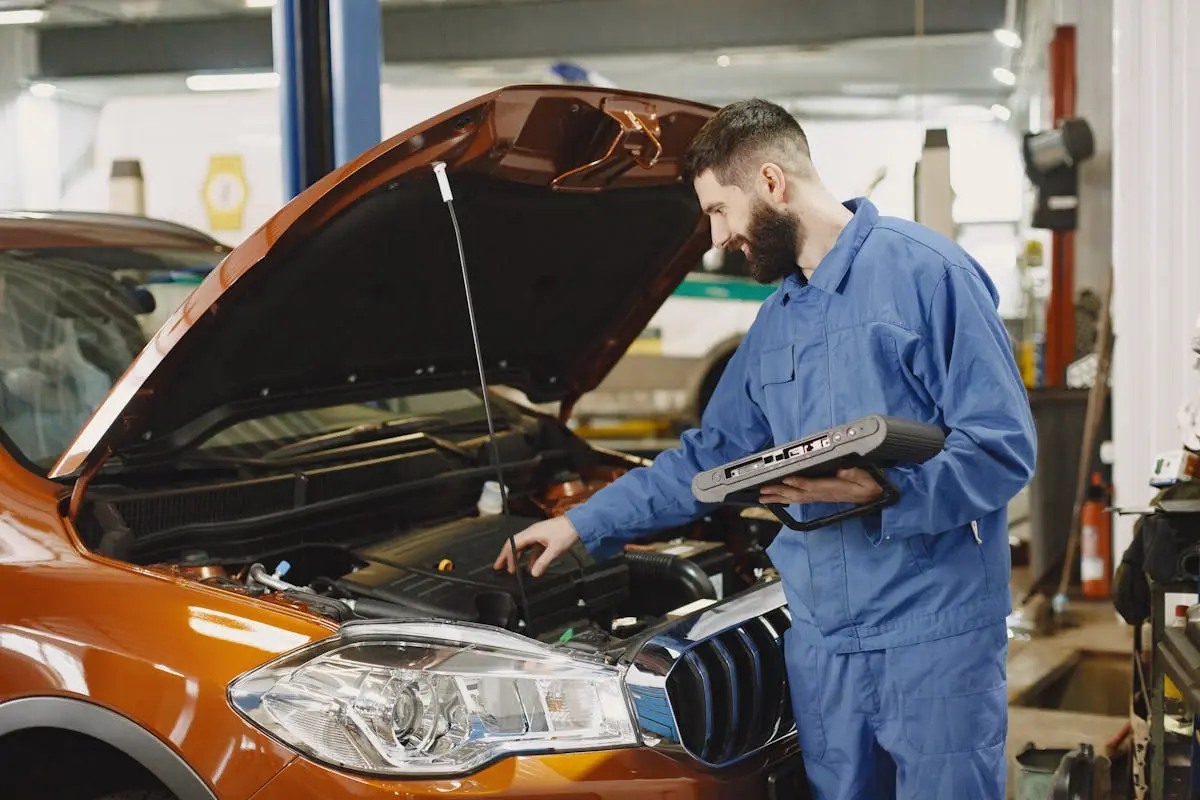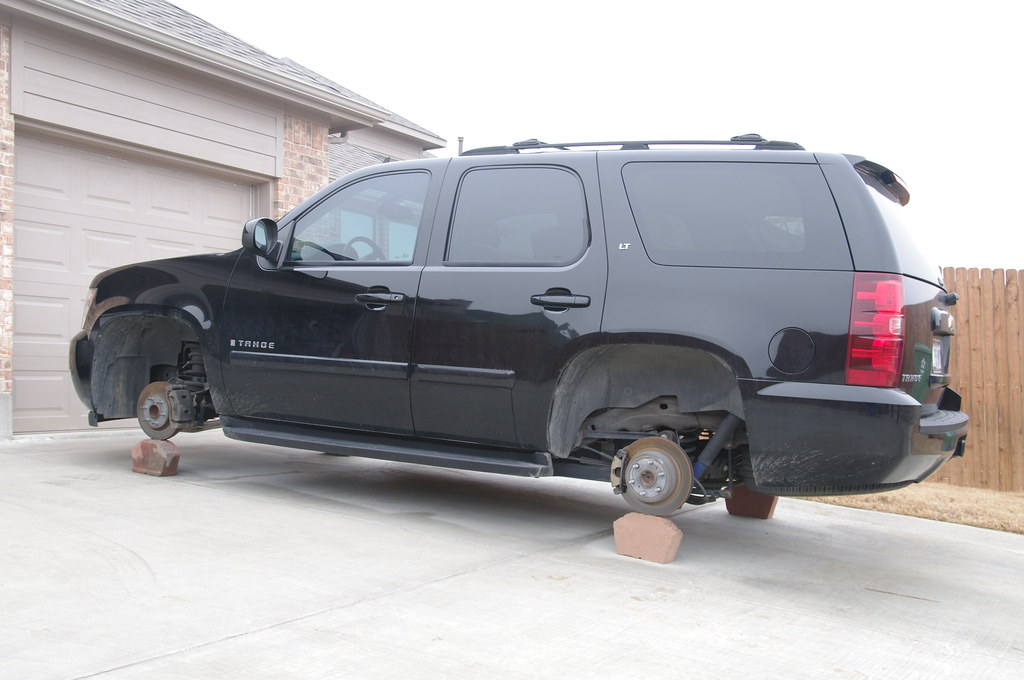It seems like the air conditioning in our vehicles stop working at the worst of times. And usually, it feels like 100 degrees in our cars when that happens because… it probably is 100+ degrees!!
If it’s been a while since you last had your vehicle at the shop for an inspection now’s a great time to stop by for a/c diagnosis. Maybe you’re wondering if it’s just low on freon (also known as refrigerant) and it needs to be topped off. Well, if you believe that, I have bad news for you. When the refrigerant is low that means there’s a leak.
Keep in mind that just because the a/c stopped working doesn’t mean there is always a leak. There could be a few issues like a failed cooling fan motor, a/c control panel, sensors, switches, or compressor, just to name a few items.
Don’t try to fix it yourself
Currently on the market, (depending on where you live) you can purchase a variety of automotive refrigerants at the local auto parts store, and they come with a fancy canister, gauge, and line connection all in one. But I don’t recommend using this.
Adding refrigerants should be performed by a licensed professional only. Because, if the system is overfilled, you will cause extensive damage to many components in the a/c system. Also, damage can occur if the incorrect refrigerant is used as well. So don’t rely on that guy who claims they know what they’re doing. If you want peace of mind and a warranty, go to the dealership.
Find a trustworthy shop and make an appointment
What needs to happen from this point is bring it to the dealership. Yes, you can bring it to an aftermarket shop if you can find one that you can trust to: properly diagnose the concern, has a technician who knows how to work on your vehicle, and can obtain OEM parts (Original Equipment Manufacturer) and not install some junk parts because they’re cheap and have a longer warranty.
There are some decent aftermarket parts available but, just like many things in life, you get what you pay for. Always choose OEM whenever possible. And always choose the dealership whenever possible too!
Obtaining a diagnosis and asking follow-up questions
Once the repair facility has finished diagnosing your vehicle and you are handed an estimate. Take some time to ask questions as to “why” the part failed and what methods were used to verify the part has failed. Don’t be shy about having the technician show you what they found and how they arrived at that conclusion.
The reason I want you to ask is due to the lack of training and diligence some shop employees have. Sometimes, they don’t know what they’re doing, and they just add all kinds of parts to the estimate hoping one of them would resolve the issue.
However, I will mention, there are some cases where there are “known issues” and there may even be a factory recall and a document that outlines what failed and lists all the components necessary for a proper repair. Nevertheless, a thorough diagnosis must take precedence.
Important things to consider
Some shops can charge you for items you don’t need. This can be done intentionally and sometimes unintentionally. For example, if the technician verified there are no refrigerant leaks present, but they confirmed the high-pressure switch is faulty.
Now, when you get a quote/estimate for the repair, you should only see labor for diagnosis and repair plus the price of the part. You should NOT see refrigerant listed on the parts list since, (as the technician stated) “there are no refrigerant leaks.”
During the repair, the technician will evacuate the refrigerant in the system then re-charge the system after the repair, so nothing is lost per EPA standards. Therefore, refrigerant is not necessary for this repair and was incorrectly quoted on the parts list. If you experience a similar discrepancy, be sure to have the quote updated prior to authorizing any repair.
Receiving the repair estimate
When it comes to repair quotes/estimates, you should always request to see the parts and labor breakdown. You should also know what the shop’s hourly rate is so you can do the math yourself. Also ask if there are any miscellaneous shop charges, etc.
With so many variables of what could happen at a shop when considering the quality of technician training and experience, confidence in their ability for an accurate diagnosis and proper repair, the utilization of OEM parts, and the ability to escalate the situation if it’s not “fixed right the first time”, is the reason why I always recommend the dealership. Plus, you’ll have nation-wide warranty coverage on the parts and labor.
So, choose wisely my friends!













